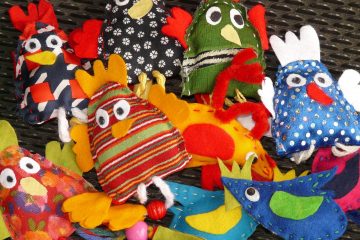What if every task students did in class had a real-world application?

I asked that question during last night’s #langbook chat. This summer we started what we hope will be an annual summer-break chat to encourage language teachers to read quality professional books. For the inaugural #langbook chat, we polled and participants chose the book Make It Stick, subtitled The Science of Successful Learning. It’s a very down-to-earth book packed with (surprising!) research on brain research and how we can remember what we want to learn. Here’s the quote that spurred my question:
Knowledge is more durable if… you have firmly and thoroughly comprehended a concept, it has practical importance or keen emotional weight in your life, and it is connected with other knowledge that you hold in memory.
Here’s one of the latest real-world applications that occurred to me in the context of designing a unit on geography, with a 4-day lesson on geography and natural disasters.
Design-based learning begins with a real-world problem that needs solving.
Real-world problem: Natural disasters happen in areas where Spanish-speaking immigrants live, and there aren’t enough bilingual volunteers.
 I’m sure you can see the solution. Students can work on developing the language they would need to help in a natural disaster situation. One way to do this is to explore the Red Cross’s US Spanish resources and the companion sites in Spanish-speaking countries.
I’m sure you can see the solution. Students can work on developing the language they would need to help in a natural disaster situation. One way to do this is to explore the Red Cross’s US Spanish resources and the companion sites in Spanish-speaking countries.
There are five positions listed on the American Red Cross’s volunteer list, which creates a great situation in which students work in teams of five. Each one chooses which job they want to “train” for (voice and choice!). They need to develop a plan to become equipped to help in that capacity in a Spanish-speaking area, practice scenarios that might come up, and prove through presentation that they can handle the situation in any way that would be helpful to the Red Cross, depending on their language level. (Do you have a native-speaking friend / colleague who could visit and play the part of the affected person?)
Five positions on the American Red Cross volunteer list. Choose which one. Develop plan to become equipped to help in that capacity in Spanish-speaking area. Five-person team presents on what you’ll do when it’s time.
What would your students do with real-world, design-based learning?



